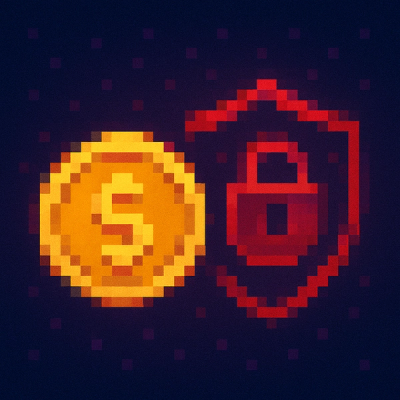
Security News
Security Community Slams MIT-linked Report Claiming AI Powers 80% of Ransomware
Experts push back on new claims about AI-driven ransomware, warning that hype and sponsored research are distorting how the threat is understood.
@shapediver/viewer
Advanced tools
This is the npm package for the ShapeDiver Viewer. For more information on ShapeDiver, please visit our [homepage](https://shapediver.com/).
@shapediver/viewerThis is the npm package for the ShapeDiver Viewer. For more information on ShapeDiver, please visit our homepage.
For the documentation of the Viewer, there are three main pages:
If you have any questions or need help with the viewer, please visit the ShapeDiver Forum.
npm install --save @shapediver/viewer
The ShapeDiver Viewer consists of simple components that you can use in your own application. You can see here how you can create those components and some things that you can do with them. Please have a look at the specific documentations or the help desk for further information.
The session is the component that connects to the ShapeDiver servers. This component is used to change parameters, to create exports and to manage the outputs. For more information on what all of these terms mean, please visit our help desk page.
import {createSession} from "@shapediver/viewer";
const session = await createSession({
id: "mySession",
ticket: MY_TICKET,
modelViewUrl: MY_MODEL_VIEW_URL,
});
Once a session is created, the initial outputs are already loaded (unless specified otherwise in the method options).
The viewport is the component where the rendering takes place. To create it, a canvas is needed that is somewhere in your page.
import {createViewport} from "@shapediver/viewer";
const viewport = await createViewport({
id: "myViewport",
canvas: document.getElementById("canvas") as HTMLCanvasElement,
});
Once you created a viewport, you can see the logo. When nothing is in the scene yet, the logo is shown until there is something to render.
There are many options that you can already provide on initialization, please have a look at them here.
Interaction: @shapediver/viewer.features.interaction
To select, drag and hover objects, please use our interaction feature package.
Attribute Visualization: @shapediver/viewer.features.attribute-visualization
To visualize the attributes of objects, please use our attribute visualization feature package.
Drawing Tools: @shapediver/viewer.features.drawing-tools
To create and edit point and line data.
Gumball: @shapediver/viewer.features.gumball
Translate, rotate and scale objects.
FAQs
This is the npm package for the ShapeDiver Viewer. For more information on ShapeDiver, please visit our [homepage](https://shapediver.com/).
The npm package @shapediver/viewer receives a total of 912 weekly downloads. As such, @shapediver/viewer popularity was classified as not popular.
We found that @shapediver/viewer demonstrated a healthy version release cadence and project activity because the last version was released less than a year ago. It has 0 open source maintainers collaborating on the project.
Did you know?

Socket for GitHub automatically highlights issues in each pull request and monitors the health of all your open source dependencies. Discover the contents of your packages and block harmful activity before you install or update your dependencies.

Security News
Experts push back on new claims about AI-driven ransomware, warning that hype and sponsored research are distorting how the threat is understood.

Security News
Ruby's creator Matz assumes control of RubyGems and Bundler repositories while former maintainers agree to step back and transfer all rights to end the dispute.

Research
/Security News
Socket researchers found 10 typosquatted npm packages that auto-run on install, show fake CAPTCHAs, fingerprint by IP, and deploy a credential stealer.